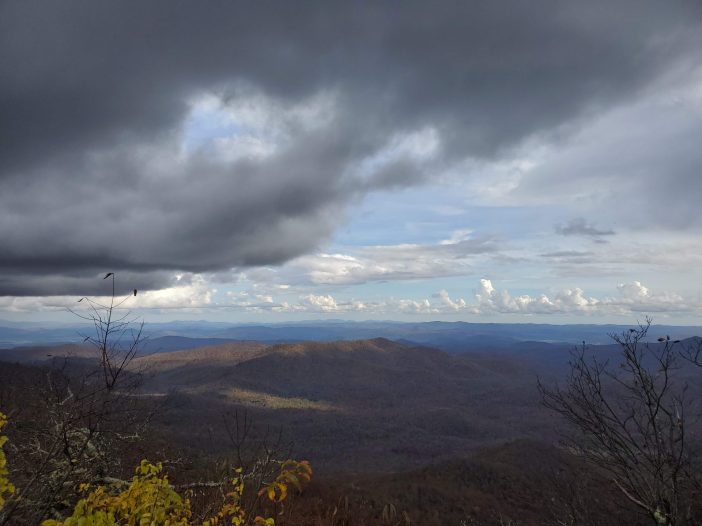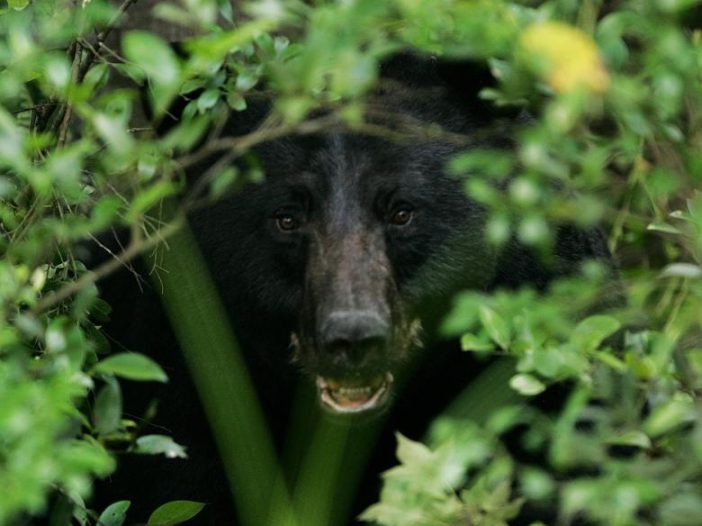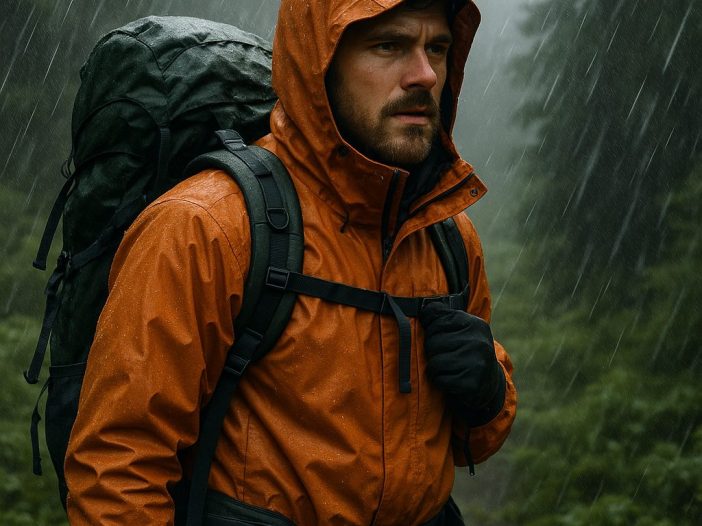Hiking in the rain offers quiet trails, vibrant scenery, and cool fresh air. Especially in Western North Carolina. With the right gear and a bit of planning, wet weather hikes can be some of the most rewarding.
Read MoreHiking Safety
Bear Encounters: How To Safely Navigate Through
An encounter with a black bear is an exhilarating yet daunting experience. While black bears are typically non-aggressive, they are immensely powerful creatures capable of causing harm or even fatality to humans if they feel threatened. Being prepared and understanding the right actions to take when you encounter a bear can make a significant difference. Here are some useful tips to keep you safe.
Read MoreRain or Shine: Mastering the Art of Rainy Backpacking
Venture into the wilderness, rain or shine! Discover essential gear, backpack protection tips, and campsite strategies for successful rainy backpacking. Stay safe and comfortable while embracing the unique beauty of hiking in the rain with our comprehensive guide.
Read More

